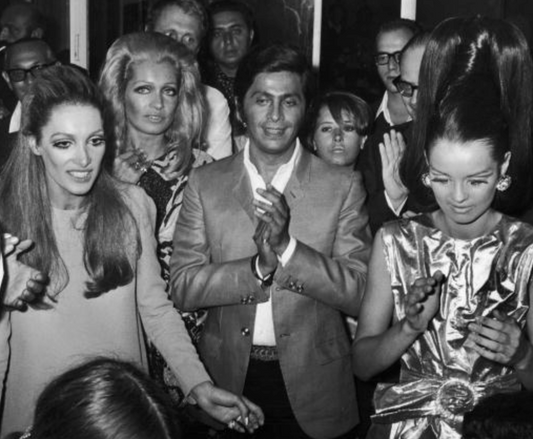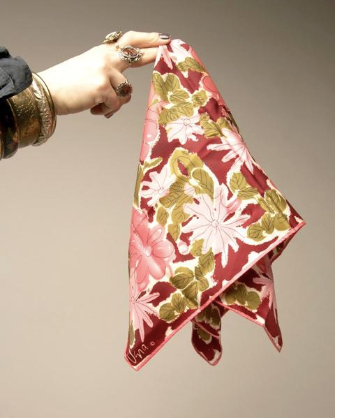talkingfashion

History of Valentino
History of Valentino By Paige McKirahan There are few words that you think of when you hear Valentino, and most of them are associated with luxury. This haute couture...
History of Valentino
History of Valentino By Paige McKirahan There are few words that you think of when you hear Valentino, and most of them are associated with luxury. This haute couture...

Pioneering the Scarf Industry
Pioneering the Scarf Industry By Paige McKirahan Seeing as how we have already learned the history behind the magnificent accessory, we begun to wonder about the designers who paved the...
Pioneering the Scarf Industry
Pioneering the Scarf Industry By Paige McKirahan Seeing as how we have already learned the history behind the magnificent accessory, we begun to wonder about the designers who paved the...